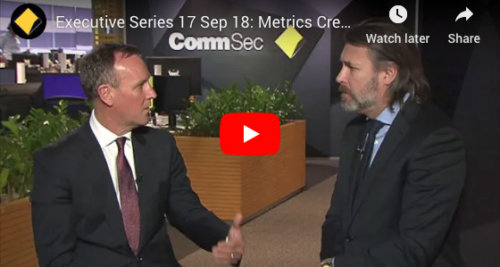Stamping fees must go

Treasurer Josh Frydenberg’s consultation on the issue of stamping fees, which are commissions paid by the promoters of listed investment products to financial planners and stockbrokers, will come to the inevitable conclusion that these need to be banned. They are conflicted remuneration, and should have been banned back in 2014 when the then Abbott Government bowed to industry pressure and watered down the Future of Financial Advice (FOFA) law reforms.
Over the weekend, Frydenberg announced a four-week targeted public consultation process on the merits of the current stamping fee exemption in relation to listed investment entities. Typically around 1% to 1.5% plus GST of the face value of the investment, these are fees paid by the issuers (promoters) of listed investment companies, listed investment trusts, hybrid securities and IPOs to retail brokers and financial planners on the successful placement of new securities. If you invest $10,000 in a new ASX-listed investment company, your broker or planner may receive a stamping fee of 1.5% or $150. On a $20,000 investment, they would get $300.
They are called ‘stamping fees’ because in the good old days, investment applications were made on paper and brokers’ applied their inked stamp so the issuer could identify which broker was responsible for the application. In the really good old days, they were only payable to stockbrokers, but as the wealth businesses of stockbrokers and financial planners became intertwined, the practice of receiving stamping fees spread to financial planners.
Importantly, not all financial planners accept stamping fees, and many who do rebate some or all of the fee to their clients. But it is a cost that the issuer of the product pays, which ultimately impacts the net investment return by lowering the opening net tangible asset value of the investment below the issue price, or is recouped through higher ongoing management fees.
The issue has developed currency lately because of allegations that financial planners and brokers are “churning” clients in listed investment trusts. Critics point to the explosion in the number and size of listed credit funds, from issuers such as Metrics Credit, Neuberger Berman and KKR, and alternative asset listed investment companies such as the L1 Long Short Fund. They allege that some planners seem to be highly motivated by the fee, clients are “over-allocating” to these asset classes, and in some cases, there is a degree of churning from one product to the next.
The evidence, if any, is highly circumstantial. Clients in the listed credit trusts aren’t complaining, as their performance has been pretty strong and most are trading at a small premium to the net tangible asset value. While It is a different story for the L1 Long Short Fund and some other listed investment companies, client angst about the issue, despite the obvious conflict, is pretty low. Despite laws requiring disclosure of these fees, my guess would be that many clients don’t appreciate that these fees are being paid.
What are the arguments to keep paying them? To be brutally honest, it is very hard to find anything of substance. The CEO of the Stockbrokers and Financial Advisers Association (SAFAA), Judith Fox, is quoted in The Australian Financial Review saying that “retail investors like the sector” and that “the debate is a failure by the media to understand the nuances and complexities of the listed, close ended investment structure and the benefits to investors”.
This is all true – but that doesn’t make a case for the payment of a conflicted remuneration.
If she chooses to argue that there is an administrative cost in processing applications, as well as a cost in advising clients about the nature of the offer and the benefits and risks of investing, she would have some sort of case. But it would be a case for a flat fee per application, not an ad valorem fee.
The nuance for Frydenberg is whether to apply a total ban on all stamping fees, or just a ban on ad valorem fees. The other nuance is whether to apply it to all listed products, which would pick up IPOs, rights issues and hybrid securities, as well as listed investment trusts and listed investment companies (where all the noise is).
The simplest outcome is to recognize that it is conflicted remuneration and ban it in its entirety. Good brokers and financial planners, working on a fee for service basis with their clients, will survive and prosper. For the record, I am a Master Practitioner Member of SAFAA. Rightly or wrongly (some argue wrongly), I was awarded ‘Stockbroker of the Year – Industry Hall of Fame’ way back in 2005.
Switzer Daily | January 30, 2020
Other News
Research Paper: Six Trends for Private Credit in 2026
Metrics Credit Partners has released its latest research paper, Six Trends for Private Credit in 2026, exploring the opportunities and challenges…
Metrics Innovate Reconciliation Action Plan
We are proud to share our second Reconciliation Action Plan (RAP), reaffirming our commitment to truth, healing and unity. We…
INSIGHTS
MCP Income Opportunities Trust (MOT) lists on ASX
Sydney, 29 April 2019: The Trust Company (RE Services) Limited (ABN 45 003 278 831) (Responsible Entity) is the responsible…
MCP Master Income Trust wins Lonsec Listed Fund Award
The award came a year after MXT was listed on the Australian Securities Exchange






